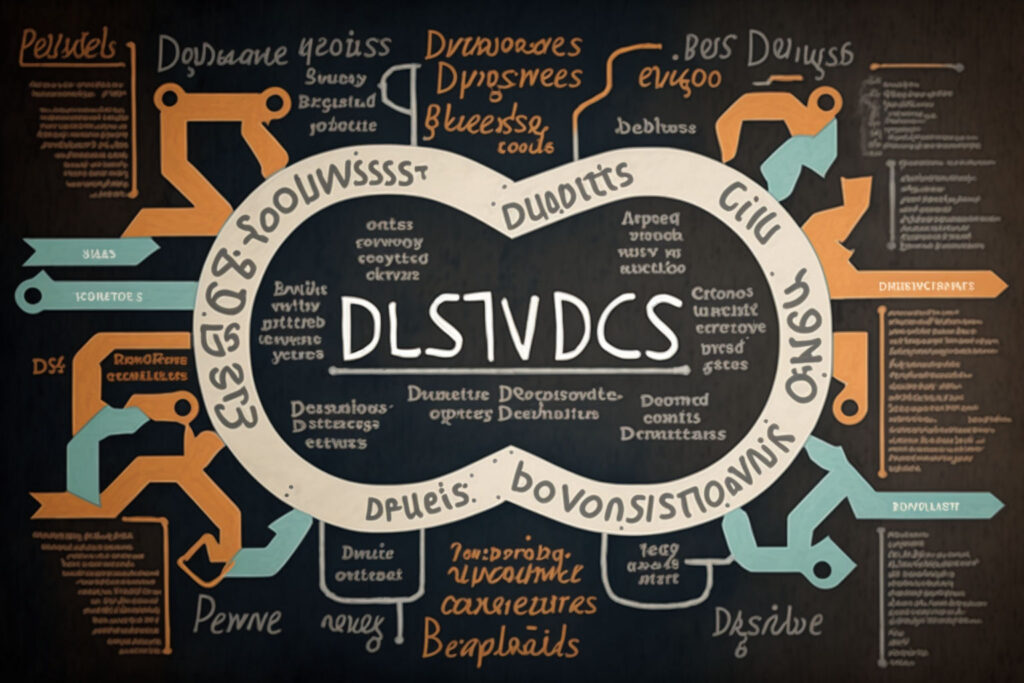DevOps, the combination of development and operations, is an approach aimed at increasing collaboration and communication between software developers and IT operations teams. Implementing DevOps best practices can help organizations streamline their software development lifecycle, enhance productivity, and reduce time-to-market. In this blog post, we will explore some essential steps to implement DevOps best practices in your organization.
Create a Culture of Collaboration
The first step in implementing DevOps is fostering a culture of collaboration and communication between development and operations teams. Encourage open dialogue, regular meetings, and knowledge sharing to bridge the gap between these traditionally siloed teams. This collaborative environment will be the foundation for effective DevOps practices.
Automate Processes
Automation is a crucial element of DevOps. By automating repetitive tasks, such as code deployment, testing, and infrastructure provisioning, you can reduce the potential for human error, increase efficiency, and enable faster feedback loops. Identify areas in your software development lifecycle where automation can be introduced and invest in the necessary tools and technologies to support it.
Implement Continuous Integration and Continuous Delivery (CI/CD)
Continuous Integration (CI) and Continuous Delivery (CD) are essential DevOps practices that enable rapid, reliable, and consistent software releases. CI involves the integration of code changes into a shared repository, followed by automated testing to ensure the changes don’t break the existing codebase. CD takes it a step further by automating the deployment of the tested code to production environments. Implementing CI/CD pipelines helps to streamline the software delivery process and reduces the risk of deployment-related issues.
Monitor and Optimize
Continuous monitoring and optimization are critical for maintaining the health and performance of your applications and infrastructure. Implement comprehensive monitoring tools that provide visibility into the entire application stack, including the infrastructure, application code, and user experience. Use the insights gained from monitoring to identify areas for improvement and optimize your processes accordingly.
Embrace a Culture of Continuous Learning
In the rapidly evolving world of technology, continuous learning is essential for staying ahead. Encourage a learning culture within your organization by providing training opportunities, sharing knowledge and best practices, and promoting experimentation. Learning from both successes and failures can help your team refine their DevOps practices over time.
Establish Metrics and KPIs
Measuring the success of your DevOps implementation is crucial for identifying areas of improvement and demonstrating its value to stakeholders. Establish key performance indicators (KPIs) and metrics, such as deployment frequency, lead time for changes, and mean time to recovery, to track your DevOps progress and adjust your practices accordingly.
Conclusion
Implementing DevOps best practices in your organization can lead to increased efficiency, faster software delivery, and improved collaboration between development and operations teams. By creating a culture of collaboration, automating processes, implementing CI/CD, monitoring and optimizing, embracing continuous learning, and establishing metrics and KPIs, you can successfully integrate DevOps into your organization and reap the benefits of this transformative approach.



